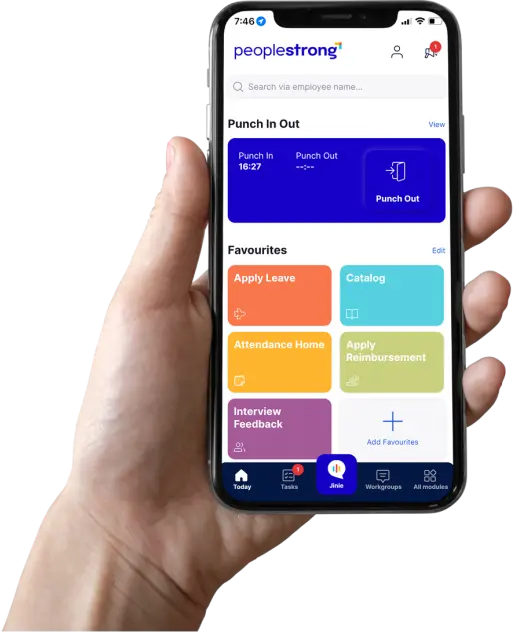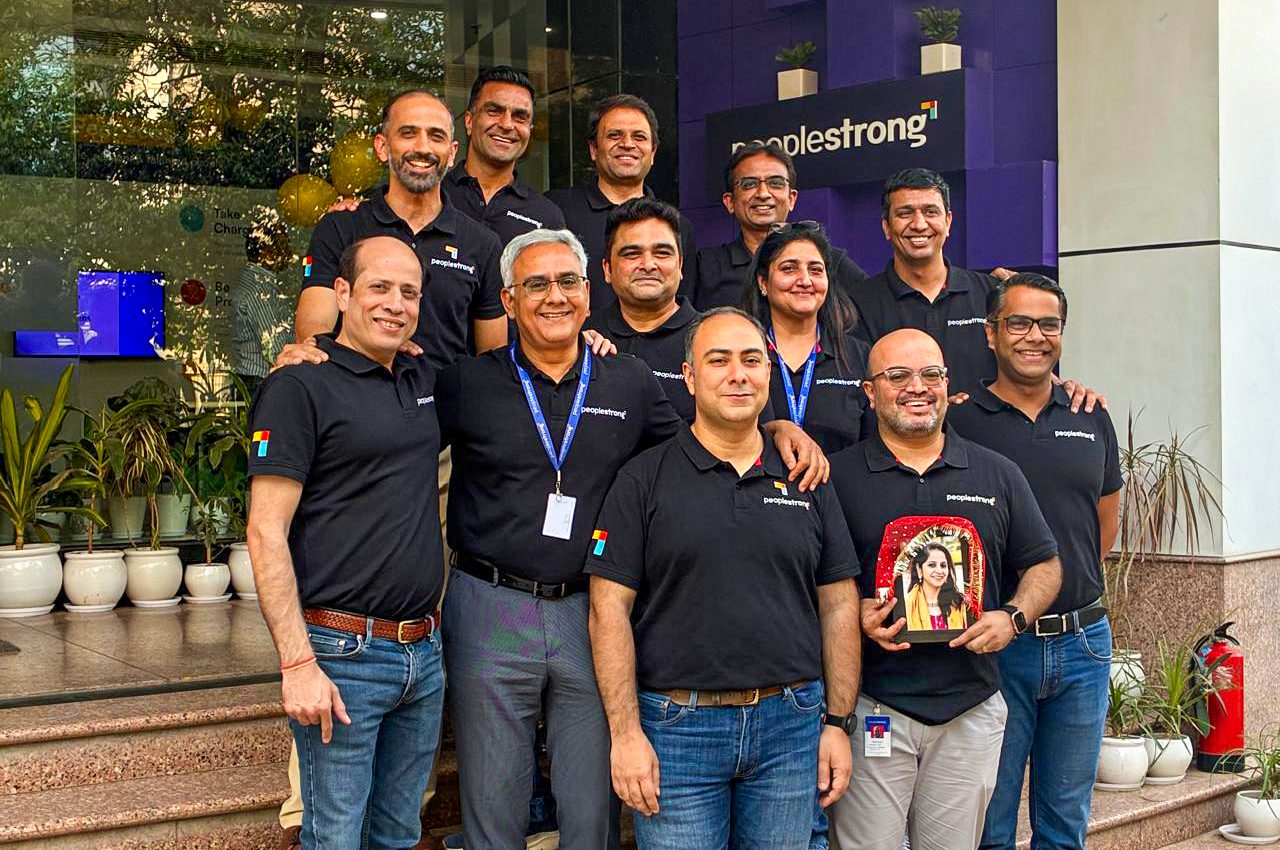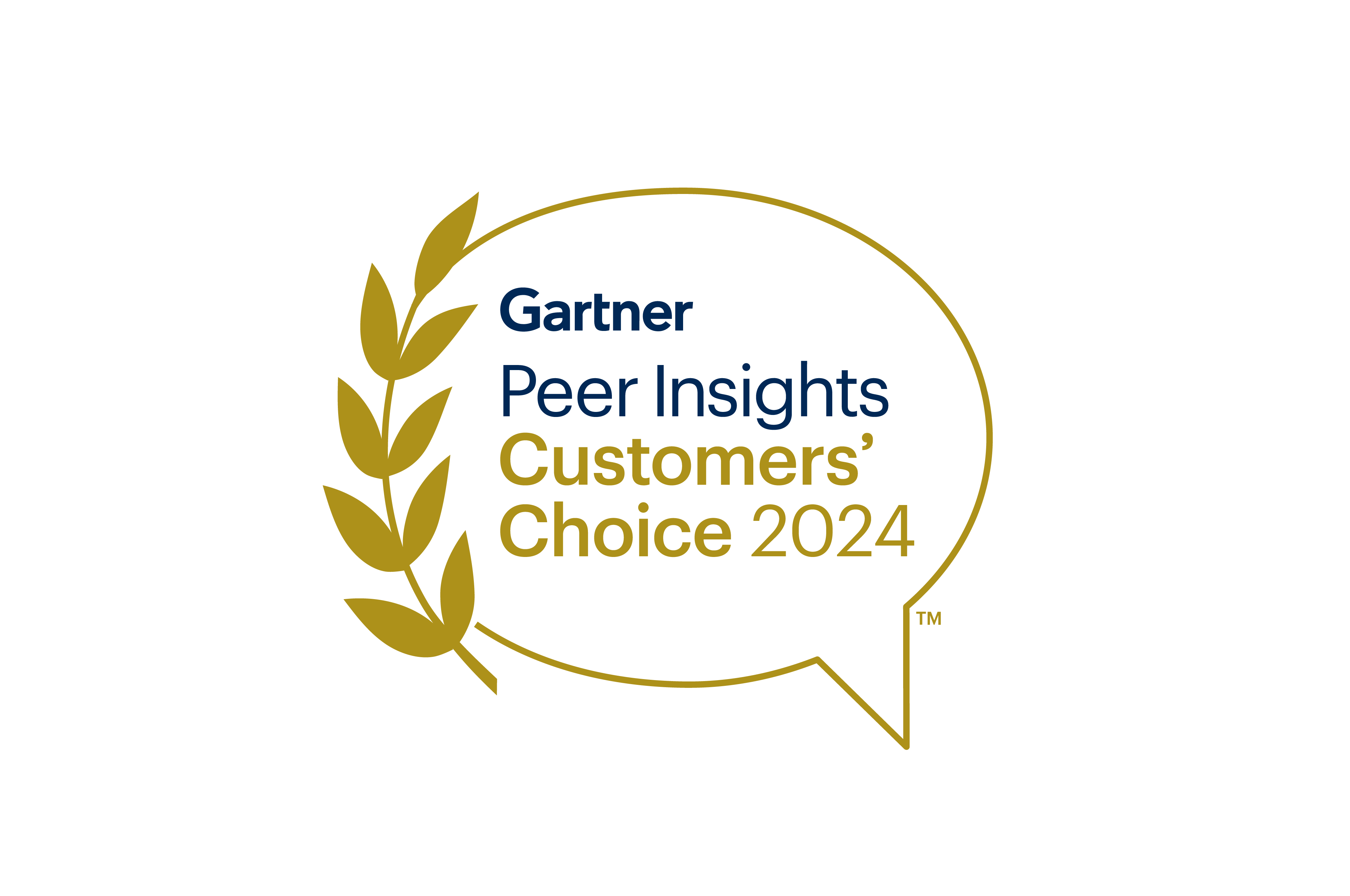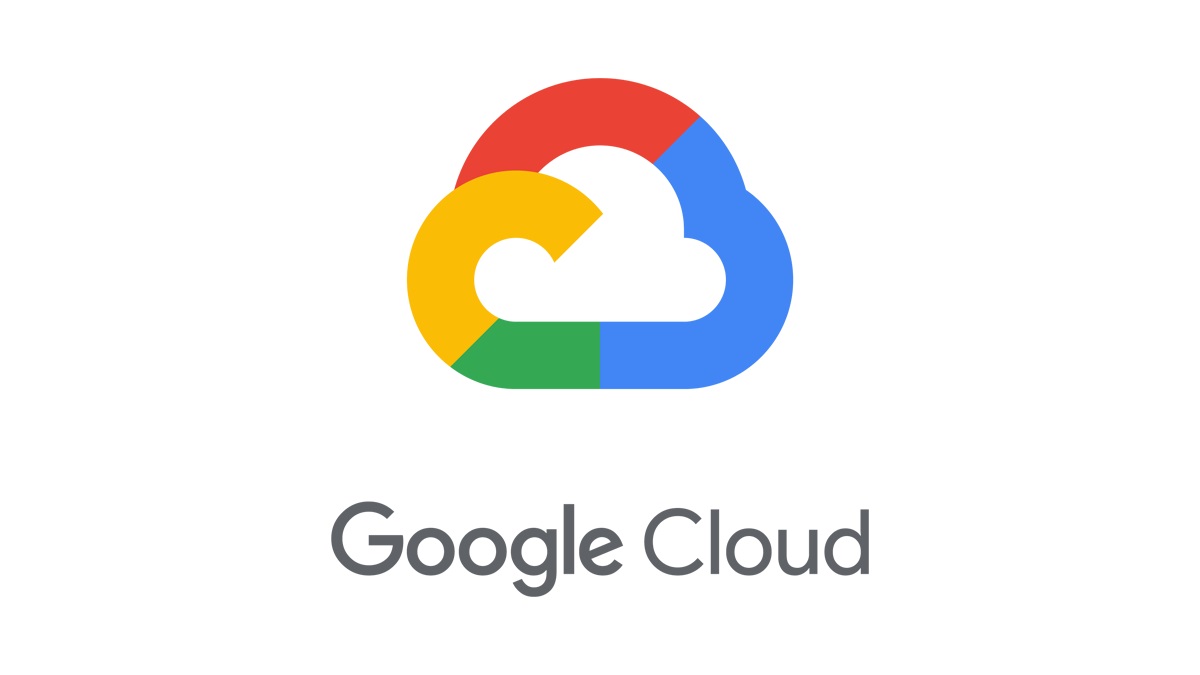Over the years, companies have had to elevate their strategies to meet evolving goals. To navigate new challenges, HR departments have undergone significant transformations.
They must now stay current with emerging developments, leverage cutting-edge technology, and align both organizational and employee expectations effectively.
The most successful HR departments in today’s landscape prioritize comprehensive employee well-being across the organization. They deeply understand the critical importance of fostering an inclusive, diverse, and innovative company culture.
In 2025, forward-thinking companies aiming to outperform competitors must embrace progressive HR best practices. By doing so, they will not only attract and retain top talent but also cultivate a dynamic, welcoming, and highly engaged company environment. Read on as we explore five key HR best practices that will define success in 2025 and beyond.
What Are HR Best Practices?
Gartner research reveals a critical insight: 86% of HR leaders recognize that career paths within their organizations remain ambiguous for many employees. This underscores the imperative of adopting HR best practices that span from recruitment and onboarding to advanced techniques for employee engagement, retention, and continuous learning and development.
While specific HR best practices inevitably vary by company and sector, a consistent thread remains: enhancing employee experience in harmony with overarching organizational goals.
These best practices are powerful catalysts, directly improving employee satisfaction, retention rates, performance, and growth. As a core component of “performance ABC” they strategically drive attitudes, behaviors, and capability.
Companies that neglect robust HR management best practices face a stark risk: losing their most talented employees, with those who remain potentially experiencing diminished motivation. Ultimately, such organizational inertia can trigger a competitive downward spiral.
Five HR Best Practices for 2025
Here are the five best practices in HR that forward-looking professionals are putting into practice this year:
1. Prioritizing Employee Well-being
In 2025, employee well-being has evolved far beyond traditional perks like gym memberships and yoga days. It’s now a strategic imperative for HR departments, representing a comprehensive support system that addresses physical and mental health holistically.
Modern wellness programs must go beyond surface-level benefits. They should include robust mental health support services, professional counseling, stress management resources, and flexible policies like hybrid work options. These approaches are critical for addressing emerging workplace challenges such as burnout and job-related stress.
Integrating comprehensive well-being practices into HR strategies isn’t just compassionate—it’s a competitive advantage. Companies that create a culture of genuine support and value are more likely to increase employee loyalty, engagement, and productivity. When employees feel truly supported, they’re motivated to deliver superior performance.
By 2025, HR departments that prioritize holistic well-being will distinguish themselves. They’ll transform employee support from a checkbox exercise to a strategic cornerstone of organizational success.
2. Encouraging Diversity, Equity, & Inclusion (DEI)
Diversity, Equity, and Inclusion (DEI) represents a system where every individual, regardless of background or identity, receives equal treatment and opportunities for growth—without favoritism.
Forward-looking enterprises recognize DEI as more than a trend; it’s a core driver of organizational success that HR departments must actively promote across all operational areas.
The strategic advantage of this HR best practice is clear: a diverse workforce generates unique perspectives, drives innovation, enhances decision-making, and strengthens company culture. This approach creates an environment where every individual feels genuinely valued, irrespective of background, race, gender, sexual orientation, or disability status.
To implement effective DEI strategies, HR departments should focus on:
- Inclusive Hiring Practices: Mitigate recruitment bias by evaluating candidates solely on skills and experience, challenging unconscious preferences.
- Training and Education: Conduct regular DEI sessions exploring unconscious bias, systemic inequality, and empathy, ensuring employees understand and support inclusive practices.
By collaborating with employee associations and voluntary groups, organizations can develop robust DEI policies. The result? More innovative workplaces that attract top talent while enhancing internal and external reputation and loyalty.
3. Personalizing Employee Experience
Employee experience personalization emerges as a critical HR best practice for 2025, focusing on tailored experiences that align with individual preferences. Leveraging new technology, HR departments can customize the entire employee journey from onboarding through continuous development.
Gone are the days of one-size-fits-all approaches. Modern employers recognize that each employee harbors unique motivations and challenges, demanding personalized strategies.
Personalization can manifest through:
- Onboarding adapted to individual learning styles
- Career development paths aligned with specific skills and aspirations
- Targeted training programs addressing individual needs
AI-driven platforms and data analytics now enable HR professionals to gain deep insights into individual preferences and behaviors. These technologies empower the creation of distinctive, personalized employee experiences that enhance engagement and professional growth.
For example:
- New hires may receive tailored onboarding schedules that fit their preferred learning pace.
- An employee who wants to improve specific skills could be given a targeted training plan.
Naturally, taking steps to develop personalized approaches makes employees feel valued. The company’s retention rates will improve, and the staff will make greater efforts to meet goals.
4. Continuous Performance Reviews
In the past, annual performance reviews were the norm. However, many organizations nowadays have come to understand the issues with this system. HR departments are moving towards a continuous feedback system of performance reviews for effective insights into employees.
This approach ensures that employees receive feedback on time. It allows them to improve throughout a given period and not wait to find out how they are performing when it may be too late to change.
Continuous performance reviews allow HR departments to access regular and timely data on employee performance and identify areas for improvement.
Here are some tips for continuous performance reviews.
- Regular Discussions: Department heads should conduct monthly or quarterly check-ins to:
- Discuss employee progress
- Set future goals
- Provide constructive feedback
- Enable proactive performance improvement before challenges escalate
- Gain comprehensive performance perspectives
- Identify improvement areas more effectively
- Create a holistic evaluation framework
- Dynamic goal modification
- Responsive responsibility realignment
- Timely objective achievement
5. Strengthening Employer Branding
Employer branding has become a strategic imperative for modern HR departments. A compelling employer brand doesn’t just attract top talent—it cultivates a thriving workplace culture that sustains long-term success in today’s competitive landscape.
Building a powerful employer brand requires deliberate action: celebrating employee achievements, demonstrating core values like fairness, and creating clear pathways for professional growth. The goal is to foster an environment where employees become natural brand ambassadors, proudly sharing their experiences.
When employees feel genuinely valued and engaged, they become powerful advocates for your organization. This authentic advocacy strengthens your reputation both internally and externally, creating a self-reinforcing cycle that attracts and retains exceptional talent committed to building their careers with your company.
How Can Data Help to Shape HR Practices in 2025?
A major shift in the way HR departments can implement best practices properly is by the efficient use of data through performance management software. A notable example is the use of Artificial Intelligence (AI). The most progressive companies nowadays use AI methods with a high degree of success.
By analyzing such AI-driven data along with the right tech implementation, HR departments can gain deep insights into employee performance and find ways of improvement. They can identify problems well in time and make better decisions. Here are some ways to do this.
- Optimizing Recruitment: AI-powered tools can screen resumes, check candidate fitness, and calculate success based on previous hiring data. The result is more efficient recruitment and a better match between candidates and roles. The recruitment process becomes speedier and more accurate.

- Personalized Employee Experiences: Data can assist HR in creating custom experiences for employees. They can spot preferences, skill gaps, and aspirations. Learning and development programs, for example, can be created to meet individual needs.
- Workforce Planning & Skill Gap Analysis: With predictive analytics, HR can understand the company’s skill gaps and forecast future needs. This data-driven approach enables them to plan for tomorrow and be ready for potential challenges.
- Employee Health Monitoring: Comprehensive data can help the HR department monitor employee well-being. Methods and surveys can be designed to track metrics of stress levels, absenteeism, and engagement. Professionals can intervene and offer solutions to combat burnout before it interferes with health and productivity.
In Summary
In the last few years, the HR environment has been changing rapidly. It is no longer only about recruitment and staffing. Companies need to adopt proper HR best practices in 2025 if they want to remain competitive and attract and retain the best talent for their needs.
These best practices include:
- An emphasis on workplace well-being throughout the company
- Welcoming diversity and inclusion in the workplace
- Creating personalized employee experiences
- A system of continuous performance reviews
- Strengthening employer branding
Such steps help the HR department to create a workplace where employees grow and thrive.
With proper use of data and technology, HR departments can take these practices to the next level. They can optimize recruitment, enhance engagement, and shape a workforce for tomorrow.
For organizations aiming to implement HR best practices effectively, PeopleStrong provides a comprehensive suite of solutions designed to make HR smarter, more efficient, and focused on employees. We empower your HR teams to streamline workflows and build a talent workforce that’s ready for the future.
Get in touch with us today to discover more!
FAQs
What are some general best practices that HR teams should follow in 2025?
HR teams should strive to create a transparent and inclusive environment. Best practices include clear communication, continuous learning, and ensuring fair compensation and benefits. HR should streamline leadership development, employee feedback, and the use of creating trust with employees, which is critical to heightened engagement performance.
Why is employee well-being an important issue in 2025?
Employee well-being relates to physical and mental health and includes aspects such as work-life balance. HR departments that take steps to promote wellness attract happier employees, improve productivity, and increase retention.
Why should HR departments consider continuous performance reviews?
Unlike the older system of only annual reviews, continuous performance reviews mean regular and timely feedback. Necessary adjustments to personal goals and development can be made before it is too late. With regular feedback, employees can adjust their ways of working, so that they meet expectations.
How can data and analytics improve HR practices nowadays?
By using AI-powered tools to crunch workforce data, HR can spot trends, customize learning, and predict talent needs. They can take these steps to address issues before they arise and escalate.













